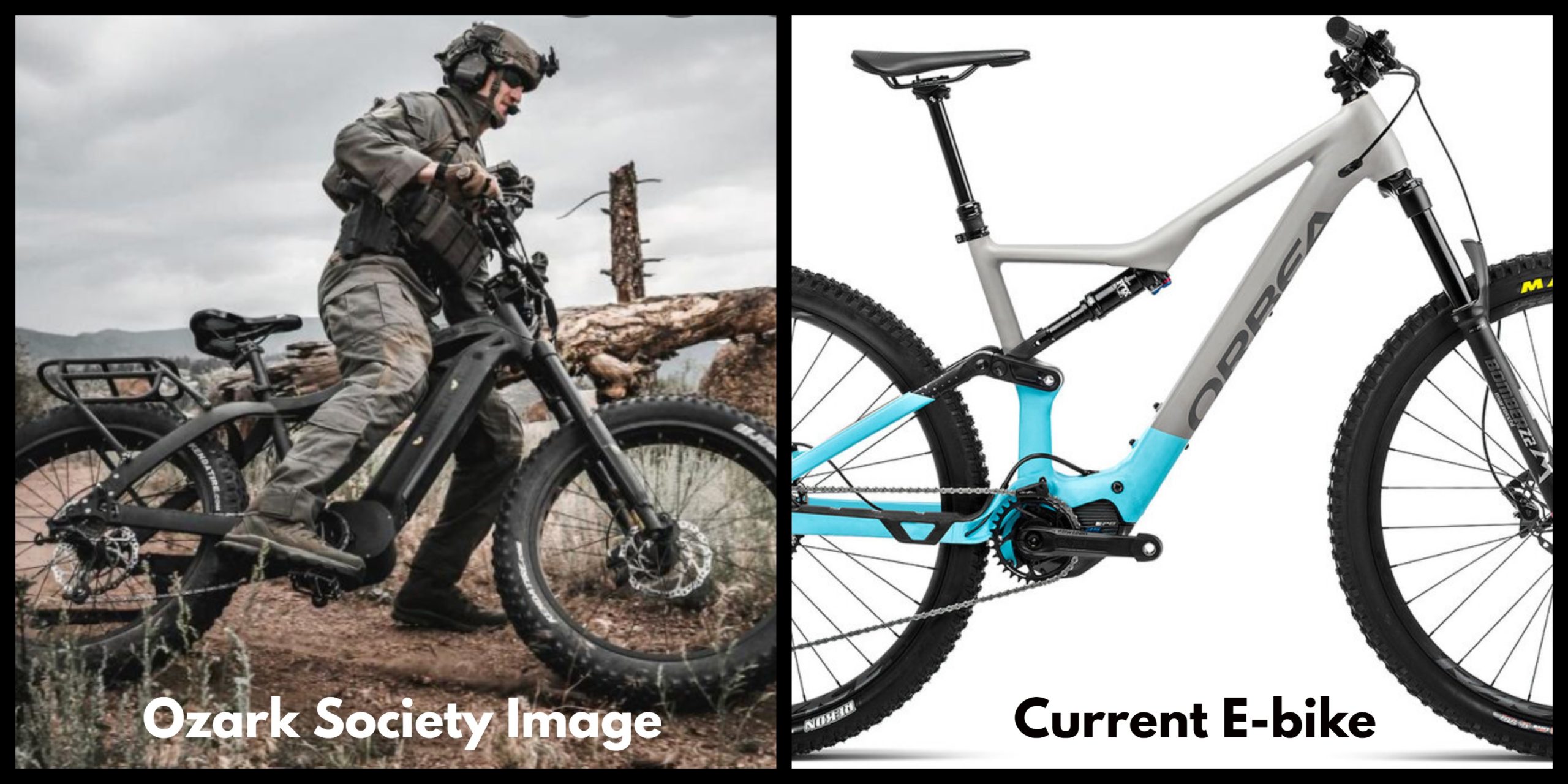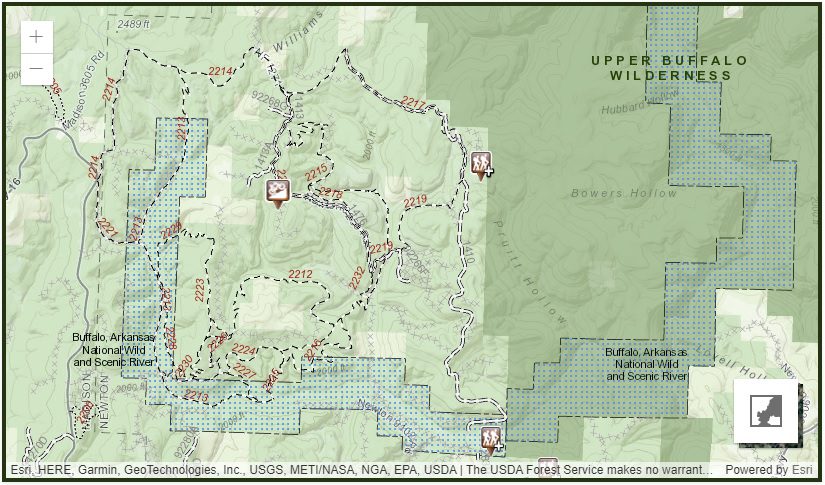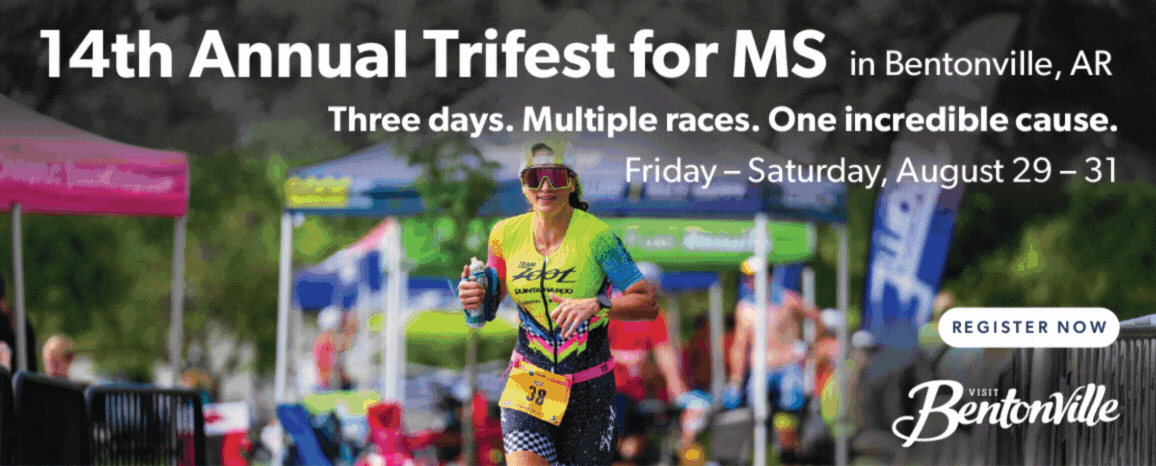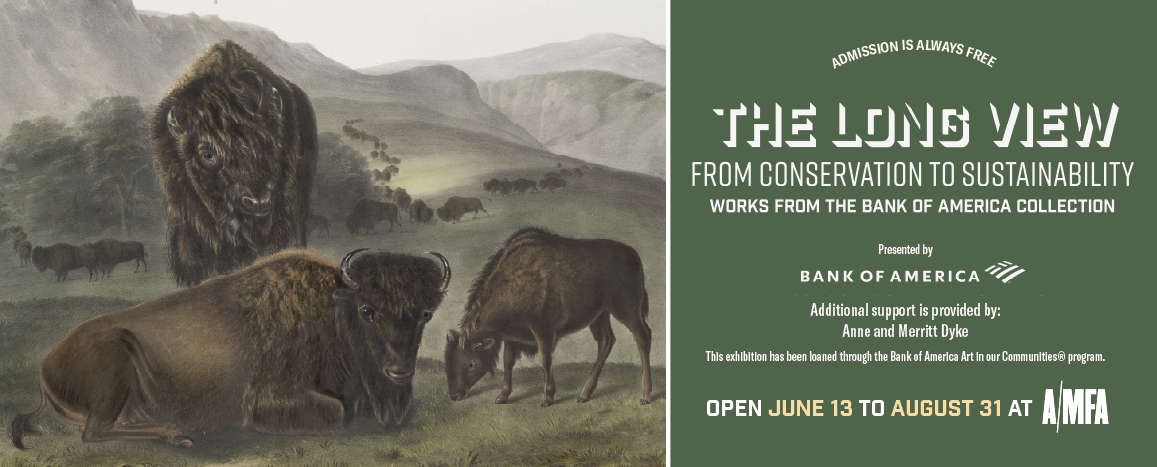I have a lot of respect for the Ozark Society. If you’re unfamiliar with their history and mission, they were formed in 1962 by Dr. Neil Compton in the successful attempt to keep dams off the Buffalo River. After the river was saved, the group continued good work throughout the Ozark and Ouachita mountains. Their purpose is, “the preservation of wild and scenic rivers, wilderness, and unique natural areas.” They sum up their duty in three words, “Conservation. Education. Recreation.”
In a joint statement, the Ozark-Saint Francis National Forest and the Ouachita National Forest announced in May that they would begin studying allowing electric mountain bikes on some trails in these two scenic forests. The test would begin at three current trail systems, the Syllamo, the Buffalo Headwaters, and the Womble. All three of these trails are rated as International Mountain Bicycling Association, Epic Trails. Arkansas currently has more IMBA Epic Trails than any other state in the country. This test follows guidance from the US Forest Service national office. The testing on these Arkansas trail systems was announced in March of this year.
Yesterday, the Ozark Society posted this message to members on their Facebook page concerning only the testing at the Upper Buffalo Headwaters Trails. These trails, by federal law, do not enter the Upper Buffalo Wilderness Area. Below is the message the Ozark Society sent:
Dear Ozark Society Members,The U.S. Forest Service is considering allowing motorized e-bike access to the Buffalo River headwaters area that is adjacent to the Upper Buffalo Wilderness. The proposal can be reviewed at this link: https://www.fs.usda.gov/project/?project=62170There has already been discussion with USFS in regard to the development and expansion of mountain bike trails in this highly sensitive area. The USFS is aware that the Ozark Society would prefer to avoid additional trail building in this particular area, although future expansion is planned.Allowing motorized e-bikes on these trails opens them up to an entirely new constituency. Although we appreciate the expanded recreational opportunities that motorized e-bikes provide, allowing them near wilderness certainly should be approached with caution. There has not been enough time to review this issue with the Ozark Society as a whole, however, the Ozark Society Conservation Committee would like to share the following concerns (at bottom). If you wish to submit a comment, you can do so by e-mailing to this address: comments-southern-ozark-stfrancis-bayou@usda.gov using the subject: Comments regarding e-bikes on trails. The deadline is August 31st.Conservation Committee concerns:– Motorized riders will tend to be less experienced and less physically prepared than the typical mountain biker. Motorized bikes will be faster, not just downhill but uphill as well. This clearly raises safety concerns and increases the likelihood of hiker to bike accidents.– e-bikes are divided into three classes, mostly based on speed but the higher-powered bikes can appear identical regardless of class. Our concern is that the USFS will be unable to effectively enforce any limits (or speeds) on e-bikes based on class.– Studies have shown that increased bike speeds displace nesting and wildlife, an important consideration near wilderness.– Heavier, faster, motorized bikes will result in greater soil displacement and erosion that impacts water quality near the Buffalo’s headwaters
What is the US Forest Service doing?
Amy Burt, Ozark-St. Francis National Forest USFS Project Manager, said there are three main points of the study:
- Are the trails in question currently managed for bikes?
- Would e-bikes affect the trails adversely?
- What class of e-bike should be allowed on the trail?
- Class 1: Pedal-assist motor that boosts your pedal speed, but caps at 20 mph.
- Class 2: Throttle-assist that can accelerate the bike up to 20 mph without pedaling.
- Class 3: Pedal-assist bike that caps your throttle speed at 28 mph.
For reference, Class 1 e-bikes are currently allowed on all Arkansas State Park trails that allow non-motorized bicycles. This includes mountain bike trails. Despite the photo that The Ozark Society included in their message, many of the newer class 1 e-bikes are virtually undiscernible from non-motorized mountain bikes.

What About The Wilderness Area?
Wilderness Areas are a federal land designation based on legislation from 1964. The Wilderness Act of 1964 established the National Wilderness Preservation System, a national network of more than 800 federally-designated wilderness areas. These wilderness areas are managed by the National Park Service, Bureau of Land Management, US Fish and Wildlife Service, and US Forest Service. In general, mechanized and motorized equipment is not allowed in these wilderness areas. The Upper Buffalo Headwaters Trails are not in the Upper Buffalo Wilderness Area.

On the above map, the dashed lines on the left are the Upper Buffalo Headwaters Trails, and the shaded area on the right is the Upper Buffalo Wilderness. The closest that these trails get to the wilderness is when it is on Kopeck Road, a gravel road that, besides bicycles, allows motorcycles, ATVs, cars, trucks, and logging vehicles. There are several other gravel roads in the area that allow all forms of motorized vehicles. You can zoom in on this map on the US Forest Service website. Besides the roads, the forest service is active in the area with road building equipment. Besides Mountain bikes, including E-bikes, may be one of the least obtrusive methods of accessing this area.
My Conclusions
E-bikes offer access to groups who may otherwise not be able to experience some of the more remote areas of our state. As The Ozark Society is aware, access to these areas increases awareness which increases protection. I don’t ride an e-bike now but, in my 60s, I realize that I will eventually need a little help to get to these places I love so much. The other thing to realize is that mountain biking takes two things, skill and physical effort. E-bikes help with the physical effort but not the skill. I don’t see anyone getting into any more trouble in the backcountry when on an e-bike than when on a traditional bike.
The worries about speed are unfounded. Yes, you can go a little faster uphill (not downhill) but mostly, class 1 e-bikes offer ease to going uphill vs. speed. There is less getting off the bike and walking (a double impact of use) and fewer breaks along the trail.
Current studies show that the difference between the impact of e-bikes and non-motorized bikes on trails is minimal. E-bikes can be about 20lbs heavier (this is dropping quickly as technology improves). I should also note that I’m about 20lbs overweight so I guess I could work on dropping my impact on trails. These pedal-assited bikes don’t have the ability to spin out or cause any more damage to the trails than a traditional mountain bike or a hiker, shuffling along.
As I stated in the first sentence, I have a lot of respect for The Ozark Society. I do feel they are spinning their wheels by using scare tactics and incomplete information to fight recreational land users who traditionally stand for the same environmental conservation issues as the society. This campaign goes against their own motto of Conservation. Education. Recreation.







3 Responses
I ride class 1 ebike I am 68. I could ride a regular mountain bike butt I would be very limited on distance and trails I could ride. I have never see how my bike would damage any trails. What I see on trails is where bikers are sliding around banked corners by locking their back brakes and a lot times where they slide off the trail. I see this on Hobbs Karat trail every time I ride it. The issue is the rider not bike.
You know me , so you know my history and skill/aptitude with a mountain bike . Being diagnosed with MS in 2014 was , thought , the end of any enjoyment of the sport I loved so much . The e bike has not only kept this sport alive for me , it’s allowed me to use it ( at least on my home trail ) to access the trail for maintenance and building . I can hook a Bob trailer full of tools and go into any place that needs some grooming . I have considered loading it up and bringing it to other trails to do work with permission of stewards . I’m not saying there isn’t a person alive that could rooster tail an ebike ….but mine is much too heavy to do more than go forward . I keep mine on the least amount of power to get the job done , and rely more on my 20 plus years and a cross country and down hill racer .
IF it stayed with class 1, I could see it being helpful to those who need assistance to get out and adventure around on backwoods trails. However, it wont stay just class 1. Every mtb trail, every bike trail, every multi-use trail I have ever been on, regardless of the e-bike class limitations have become race ways. The issue is the 8 year old kid on a class 3 e-bike, riding it backwards at 30mph flipping off everyone with both hands as he passes them. Rules are made to be broken, they will be broken and it will cause issues on tight trails with e-bikes that rival small dirt bikes in acceleration and speed. Again, I am not against assistance where it is needed, but this will pretty much spell the end of sharing the trail space safely. I have already seen it in Texas and California. I have to fly out to SoCal for work and I love to hang out and stay in San Clement area while there over the 13 years I have had to travel out there. The hard packed beach trail runs for about five miles right next to the beach making for a great early morning run any time of the year. However, since the ebike craze has hit it is unsafe to run, walk or cross the damn path. You will die on that trail if you do not run defensively because, even though outlawed, the ebikes are moving 20-30mph down that path. https://www.theinertia.com/surf/e-bikes-banned-from-san-clemente/. Its what happens with humans as we take a great thing, abuse the privilege and ruin said great thing.